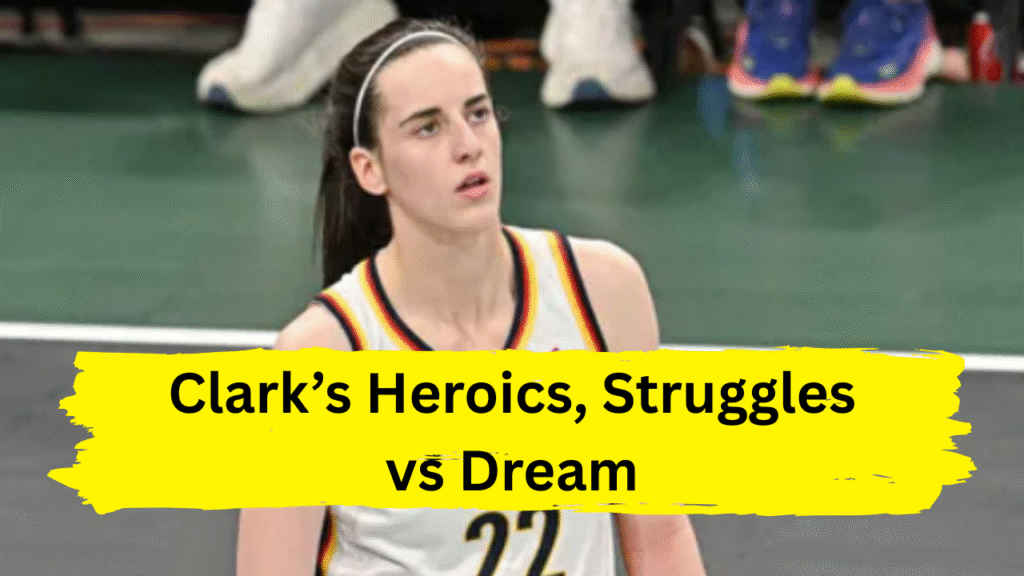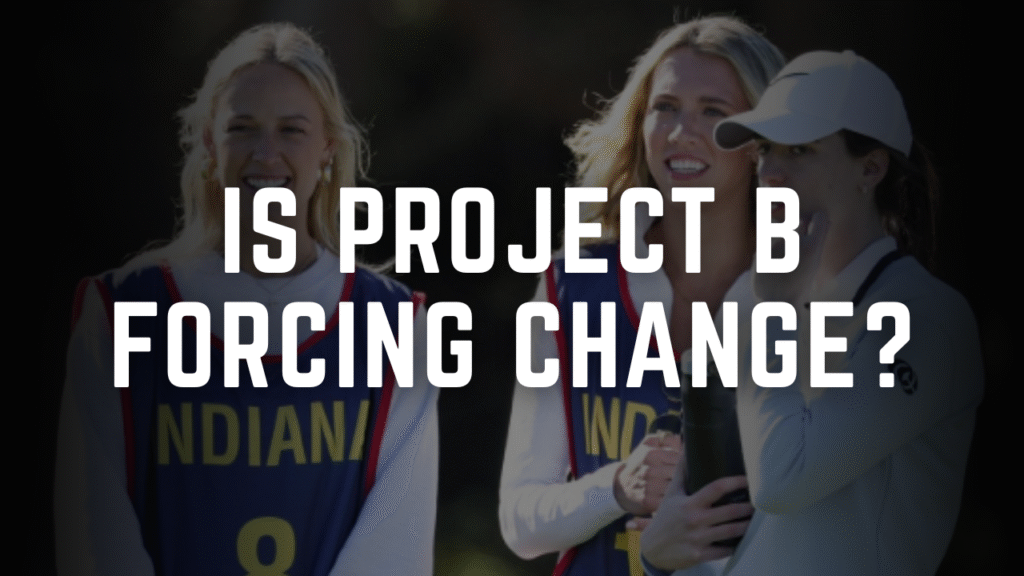The Indiana Fever and Atlanta Dream delivered a back-to-back spectacle this week, showcasing the highs and lows of competitive WNBA basketball. In a series marked by record-breaking performances, physical clashes, and nail-biting finishes, Caitlin Clark once again proved why she’s the league’s brightest young star—even as her team grappled with inconsistency. Here’s a deep dive into the drama, history, and lessons from this thrilling two-game showdown.
Game 1: A Heartbreaking Near-Comeback
The Fever’s first loss of the 2025 season came in agonizing fashion on Tuesday. Despite trailing by 11 points entering the fourth quarter, Indiana mounted a furious rally spearheaded by Clark, who drained back-to-back deep threes to cut Atlanta’s lead to four. Her 27-point, 11-assist effort not only fueled the comeback but also tied Courtney Vandersloot’s WNBA record for most 20-point, 10-assist games—a milestone Vandersloot achieved over 430 games, while Clark did it in just 42 .
The Fever briefly took their first lead since the opening basket when Aliyah Boston sank a free throw with 21.7 seconds left. But Atlanta’s Rhyne Howard, who finished with 20 points, responded with clutch free throws of her own. Indiana’s final possession saw Natasha Howard’s potential game-winner blocked, sealing a 91-90 Dream victory . The loss underscored Indiana’s struggle to handle Atlanta’s physicality, a theme Fever coach Stephanie White emphasized postgame: “Teams are going to push us, shove us, and do whatever they’re allowed to get away with. We have to figure out how to use that against them” .
Game 2: Redemption Through Resilience
Two days later, the Fever exacted revenge in Atlanta, grinding out an 81-76 win despite Clark’s uncharacteristic shooting slump. For the first time in her WNBA career, Clark failed to make a three-pointer, going 0-for-5 from beyond the arc . Yet, Indiana’s supporting cast stepped up. Natasha Howard, criticized for her quiet Game 1, erupted for 26 points, while Kelsey Mitchell added 17. The Fever’s defense also tightened, capitalizing on Brittney Griner’s early foul trouble and limiting Atlanta’s interior dominance .
The game was marred by chippy moments, including a first-quarter confrontation between Clark and Rhyne Howard. Clark, who finished with 11 points and six assists, later shrugged off the tension: “It’s competitive. That’s what makes it fun” . The Fever’s ability to adapt—switching to a more balanced offensive approach—highlighted their growth amid adversity.
Clark’s Historic Trajectory
Even in defeat, Clark’s individual brilliance shone. Her 27-point, 11-assist outing in Game 1 extended her streak of rewriting record books. She became the fastest player to reach 350 career assists and joined elite company as one of only four players to score 800+ points within their first 42 games . These milestones reflect her unparalleled blend of scoring and playmaking, which has revitalized the Fever franchise and drawn record crowds. Last season, Fever games saw attendance quadruple, with over 17,000 fans packing arenas nightly—a testament to Clark’s magnetic appeal .
Yet, challenges remain. Clark’s 0-for-5 three-point night in Game 2 snapped a 140-game streak (dating back to college) of hitting at least one triple, a reminder that even superstars face slumps . Her response—focusing on defense and facilitating—hinted at her evolving maturity.
The Dream’s Blueprint: Physicality and Depth
Atlanta’s split against Indiana revealed why they’re a formidable opponent. The Dream leveraged their veteran core—Griner (21 points in Game 1) and Brionna Jones (19 points, 13 rebounds)—to dominate the paint and free-throw line. In both games, Atlanta attempted more free throws, exploiting Indiana’s defensive lapses . Their physical style disrupted Clark’s rhythm, forcing her into five fouls in Game 2 and testing the Fever’s composure .
Rookie guard Te-Hina Paopao also emerged as a X-factor, contributing 11 points in Game 2 and showcasing the depth Atlanta added this offseason. Meanwhile, Indiana’s newcomers, like DeWanna Bonner, struggled to find consistency, highlighting the Fever’s reliance on their core trio of Clark, Mitchell, and Boston .
The Bigger Picture: Playoff Implications
Though early in the season, this series offered a playoff-level intensity preview. For Indiana, the split underscored both promise and growing pains. The Fever’s fourth-quarter resilience in Game 1 and adaptability in Game 2 suggest a team learning to win under pressure. However, their reliance on Clark—evident in the 15 total points from non-core players in Game 1—remains a concern .
Atlanta, meanwhile, proved their offseason retooling paid off. Adding Griner and Jones transformed them into a contender, capable of bullying opponents inside while threatening from the perimeter. If their three-point shooting (18-for-59 across two games) improves, they could become unstoppable .
Looking Ahead
The Fever now turn their attention to the New York Liberty, a matchup that will test their ability to handle elite backcourts. Clark’s duel with Sabrina Ionescu—a fellow three-point savant—promises fireworks. For Atlanta, consistency is key. A Thursday rematch against Dallas will reveal if their physical formula translates against faster-paced teams.
As for Clark, her journey mirrors the Fever’s trajectory: dazzling yet unpolished, historic yet hungry. “A little adversity—how are we going to respond?” she mused after Game 1 . If this series taught us anything, it’s that her answer will likely be must-see TV.
For more on Caitlin Clark’s record-breaking career and the Fever’s 2025 season, follow updates from ESPN, Yahoo Sports, and USA Today.


